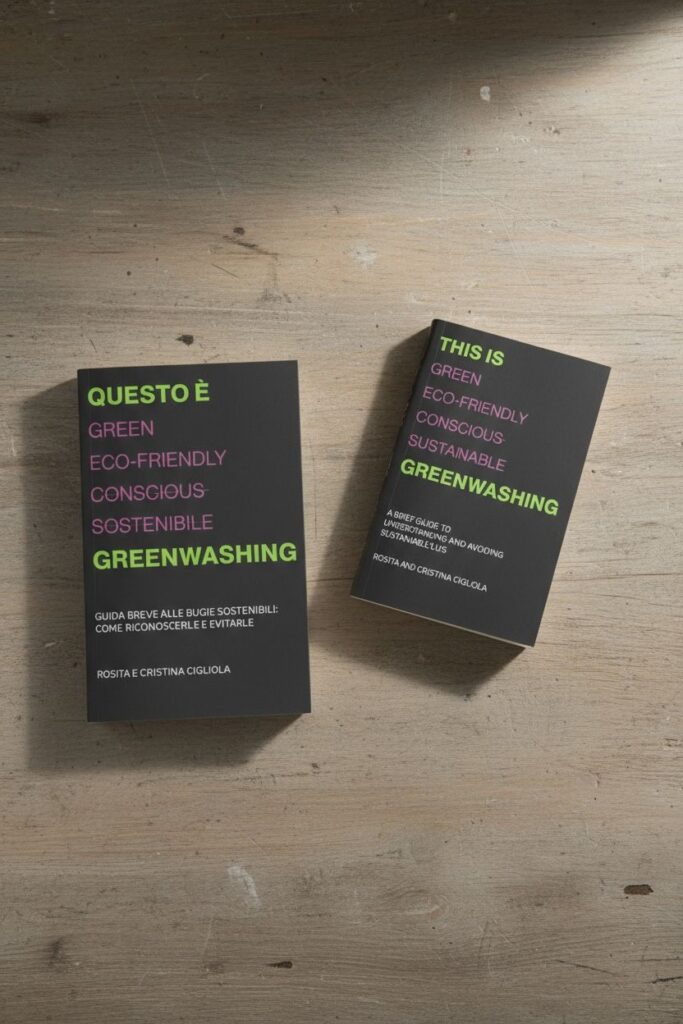Pambianco Fashion Summit: thirty years of fashion, from designers to large groups. What future for Made in Italy?
When sustainability becomes a buzzword and growth remains the real goal
We have just followed the 30th Pambianco Fashion Summit. Once again, sustainability was the magic word everyone loved to repeat. But immediately afterwards came the true priority: growth. Always growth.
In this panel, ultra-fast fashion from China plays the villain, while Northern European fast fashion receives applause. After all, H&M is on stage to explain circularity.
And so the question returns, louder after every panel:
What haven’t these CEOs, presidents, managers, founders and the rest understood about the meaning of sustainability?
Because the more they say it, the more the word sounds like a joke.
Consumers want authenticity—so why is fashion still pretending?
Erika Andreetta (PwC Italy) highlights what already seems obvious:
- People want reliable, transparent, consistent brands. In short, authenticity.
- They seek alignment with cultural values.
- Second-hand is growing three times faster than traditional fashion.
- Outlet shopping is growing five times faster.
- Value matters: products aligned with personal values, at the right price.
- Brands still produce too much—and don’t sell their overproduction.
- Multi-brand stores have become the places where people actually look for something new.
As for European fashion, the disillusionment is generational:
- Young people don’t see originality.
- Baby boomers have other priorities.
- Gen Xers find prices unjustifiable.
Fashion listens, but selectively.
Pambianco Fashion Summit: Sburlati, “a system under attack”
According to Sburlati (Confindustria Moda), the fashion ecosystem is under pressure on three fronts:
- From the East: exports down 3%, imports up 5%, fueled by China (+18%).
Postal packages under €150 pay no customs duties or VAT—an obvious distortion. - From the West: a weak dollar, double tariffs in the US, and a push for local brands.
- From within: a fragile Italian market.
Sburlati came to a dramatic conclusion:
“We are on the brink of collapse and risk ending up like the automotive industry.”
Capasa (CNMI): the luxury narrative is shifting
A negative narrative surrounds luxury — one that started in China.
Proposed solutions include:
- An anti–fast fashion law with tariffs across the board.
- A French-style approach: taxes on packages and a ban on misleading advertising.
- Support for new businesses at a time when more are closing than opening.
Capasa adds a point on young consumers: “Young people are all environmentalists. We must explain to them that fast fashion is not. We need to explain the value of quality and creativity.”
And then… H&M entered the room
This is where the contradictions become glaring.
The industry complains — rightly — about Chinese ultra-fast fashion. However, it then invites H&M, a symbol of Western fast fashion, to discuss circularity and therefore “sustainability.”
So yes, we ask again:
What exactly have these leaders failed to understand about sustainability?
Can a brand built on overproduction ever be sustainable?
Because every time fast fashion is framed as “sustainable,” we’re entering the realm of greenwashing.
E-commerce
Another point raised: a shift in digital strategy is necessary.
- Over 60% of brands are not ready.
- Yet today, 80% of sales involve a digital touchpoint.
Clothing & sustainability
- The idea of more durable, timeless garments is gaining traction — pieces suitable for multiple seasons and less overconsumption.
- 54% of products are sold on sale. The second month of sales is the strongest — meaning consumers wait for the sales of the sales.
- Millennials (28–44 years old) spend more — around 36 items per year.
- Clothing is losing value; personal care and beauty are more engaging.
- Women continue to consume a lot, but above all, they remain tied to fast fashion.
- Gen Z is starting to think about quality, longer-lasting pieces, and niche products.
- Young people are the demographic most sensitive to sustainability — but garments should not cost more than their traditional counterparts.
- Gen Z wants clarity: What is a sustainable garment?
A simple question the industry will probably never answer. But we do — you’ll find the answer in This Is Greenwashing here.
Final thoughts
In conclusion, the 30th Pambianco Fashion Summit analysed fashion, from designers to large groups, and attempted to explore what the future holds for Made in Italy.
If sustainability continues to coexist with an obsession for infinite growth, with overproduction, with contradictory narratives, the word will lose all meaning.
Until the industry stops applauding whoever says “circularity” the loudest and starts reducing — truly reducing — its impact, these summits will remain conversations about sustainability without actual sustainability.

